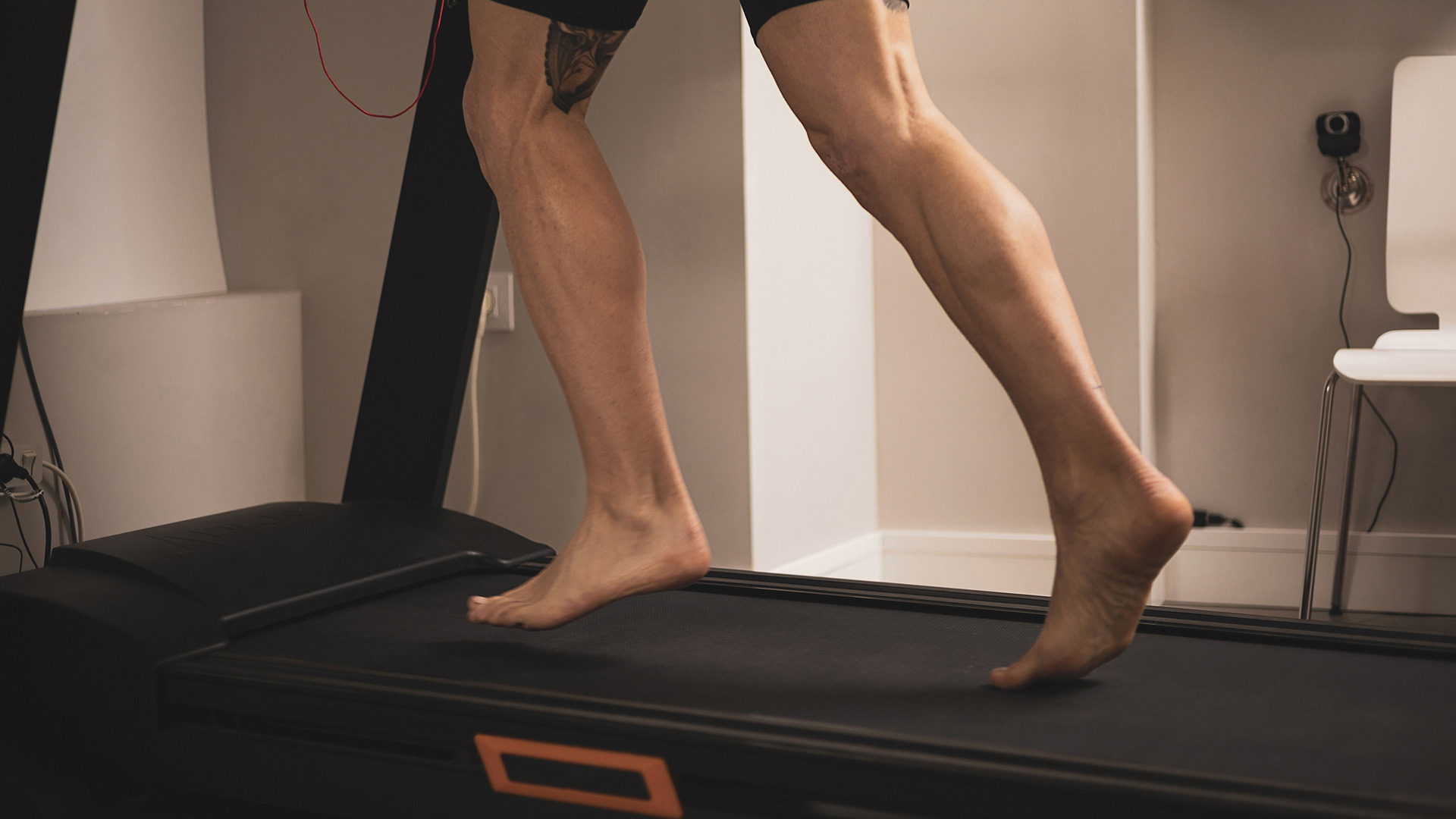
Gait Analysis in the Lab: Biomechanics Research
Biomechanics is a growing field. In sports, biomechanics research helps athletes understand how to improve themselves, and coaches understand how to help them. Biomechanics can shed important light on pathologies in clinics and help patients return to normal function as quickly as possible.
In either case, the goal is to get the human body moving in better, more efficient, healthier ways—and where it isn't, to diagnose and treat the issue. Research is needed to figure out how biomechanics and health are related, not to mention how information can lead to effective treatment and better performance. We can agree those are all good goals, right?
The problem is that these goals all rely on data, and without the right systems, there simply won't be enough of it.
Even more problematic, you might not have the correct data for your research. If you're working in a lab and are expected to deliver meaningful results regularly, that's simply not an acceptable state of affairs. Whether you're working to improve athletic performance or the diagnosis of gait disorders, you need the right information.
Gait analysis can help.
Gait Measurement Systems
Gait measurement is one of the most common tools in a biomechanist's toolbox but one of the hardest to get right. At its most basic level, gait measurement seeks to understand what happens when a person raises their foot and puts that same foot back down. Whether attempting to beat a record or learning to walk again, these objectives require complex interventions backed by science. Biomechanical research through gait measurement can help identify and find such solutions.
However, that's only if the biomechanist thoroughly understands the situation. To grasp fundamental movements, identify problems, create treatment plans, predict outcomes, validate interventions, and choose footwear, a doctor or therapist needs a solid scientific underpinning that ensures the chosen path is the correct one. And for them to have that, you must ensure your research is accurate, reliable, and repeatable.
Too bad that's often not the case with today's gait analysis systems.
Challenges of Gait Systems in the Laboratory
The idea behind how gait analysis systems gather information is simple in theory. Collecting pressure data across a distributed surface and recording differentials between different areas can create a valuable data set or map showing what's happening. Again, this is great on paper.
In practice, many issues can throw a spanner in the works. For instance, data might not be sensitive enough, missing key areas. Or you might not be able to gather it in small enough time frames, so you miss what happens at key transition points.
Some systems break easily, and others are unreliable. Some give good results, but you can never get the same results twice. Any of these (or, more often, all) can drag down your lab, ruin your good name, and make it impossible for you to get funding. That's no good.
If you want to hit your lab's goals, keep the financial pipelines open, and add measurably to health, science, and athletics, then you need a better approach.
Managing Goals with Better Plantar Pressure Mapping and Gait Analysis
An all-in-one gait analysis system is the answer. You need a wire-free hardware solution so your subjects can move quickly through every test you throw at them. You need a software solution that can crunch the numbers and generate everything from 3D visualizations to complete gait statistics over time without extensive processing time, constant recalibration, or fancy setups.
Gathering data using kinematic systems is nothing new. However, gathering it quickly and without hassle, throughout multiple tests, without a noticeable loss of data quality – well, that's harder to find. Whether your lab seeks to reduce running injuries, design the best orthotics, or treat one or multiple pathologies, you need a solution that won't disappoint you.
A suitable gait analysis system has several attributes. It should:
- Generate consistent and reliable results that you can produce again and again;
- Produce those results within a small margin of error (plus or minus 5% when you choose XSENSOR technologies);
- Fit within your budget; and
- Gather data from indoors and outside with equal facility and reliability.
Your system should also be simple to set up, use, and explain to your test subjects, patients, or athletes. With wireless in-shoe insoles that fit right in the subject's shoes to a computer or tablet preloaded with high-powered software, you can take your gait analysis system anywhere.
Plus, you should be able to use it right out of the box. Rather than fussing with long setup times and the pain of integration (as anyone who's ever had to use third-party apps to get hardware and software to talk to one another knows), you deserve a system that hits the ground running.
The plug-and-play technologies from XSENSOR do just that. If you haven't yet integrated them into your biomechanical research workflow, it's time you learned more about them today. We're here to help.
XSENSOR: The Gait Analysis Solution for Your Laboratory
The Intelligent Insoles, powered by Intelligent Dynamic Sensing from XSENSOR, is the solution you've been looking for. By capturing lab-quality biomechanical data anywhere—whether that's a clinic, a field, or right there in the lab—you can feel confident that you have the data you need to make breakthroughs, optimize performance, and prioritize comfort and safety.
Based on cutting-edge technologies used by top-tier professionals worldwide, our hardware and software technologies enable more precise measurements than ever before. XSENSOR relies on the highest-quality visualizations backed by industry-leading, AI-powered analysis. Moreover, you don't have to do a thing to make sure your hardware and software systems talk to one another, as they're designed to pair without you lifting a finger.
If you're ready to learn what our gait motion insoles can do for your research, contact XSENSOR today.
